Samsung's Galaxy S20+ 5G is a dazzling phone. As soon as you pick it up, you'll be delighted by the vibrant colors of the Dynamic AMOLED display and the smoothness of the 120Hz refresh rate. And it packs Qualcomm's Snapdragon 865 chipset, meaning that you'll now get new camera capabilities like 8K video recording.
And as far as 5G goes, there really isn't anything on par with it, except for the S20 Ultra. It's one of a select few handsets to support both sub6 and mmWave 5G, and I got to check out both on T-Mobile's network. Of course, you're paying for this new technology, with a starting price point of $1,199. If you go for the $999 S20, you'll only get sub6.
Samsung packed in some new camera sensors too, with a 12MP main sensor, a 64MP telephoto sensor, and a 12MP ultra-wide lens. You can zoom in up to 30x, but as you'll see in a bit, you wouldn't want to.
Specs
| CPU | Octa-core Qualcomm Snapdragon 865, single 2.84GHz, tri-core 2.42GHz, quad-core 1.8GHz Kryo 585 |
|---|---|
| GPU | Adreno 650 |
| Display | 6.7 inches, 1440x3200, 525ppi, 120Hz FHD or 60Hz QHD, Dynamic AMOLED |
| Body | 161.9x73.7x7.8mm (6.37x2.90x0.31in), 186g (6.56oz) |
| Camera | 12MP + 64MP + 12MP + 0.3MP TOF, Front - 10MP |
| Video | 8K - 30fps, 4K - 60fps, HDR10+, Front - 4K - 60fps |
| Aperture | f/1.8 + f/2.0 + f/2.2, Front - F/2.2 |
| Camera features | Wide + telephoto + ultra-wide sensors, PDAF, OIS, super slow motion 720p 960fps video capture |
| Storage | 128GB UFS 3.0 |
| RAM | 8GB |
| Battery | 4,500mAh, 25W fast charging |
| 5G | Sub6 + mmWave |
| Color | Cloud Blue |
| OS | Android 10 |
| Price | $1,199.99 |
Day one
Design
With Samsung doing a bunch of cool stuff with the Galaxy Fold and the Galaxy Z Flip, it feels like this section is going to be rather dull. After all, the Galaxy S20+ is still a rectangular glass sandwich, as the Galaxy S series has been since the S6. It's not that there's anything wrong with that, but there's just nothing radically new here.
One thing that I'll say is that this thing is big, bigger than I expected it to feel knowing the dimensions. After all, it's slightly narrower than an S10+, but also a few millimeters taller. I haven't used the S20 Ultra outside of a demo area, but I'm not sure I'd want anything bigger than this.

The color that T-Mobile sent me is called Cloud Blue, which is a pale shade of blue. It refracts the light in a way that shows colorful reflections though, which makes this more unique than most devices. There are, of course, several colors to choose from, such as Cosmic Black and Cosmic Gray. There's also a sexy blue color that's exclusive to Best Buy.
The new camera module is rectangular with rounded corners, something that's obviously a trend over the last six months. We've seen it from Apple, Google, and more. I don't care for it that much on this device, but that's my own opinion and your mileage very well may vary.

The metal frame is a sweet shade of baby blue, and it's a nice touch on the Cloud Blue back. On the bottom, there's a speaker grille and a USB Type-C port for charging. Unfortunately, there's no 3.5mm audio jack down there, as there was last year on the S10+.
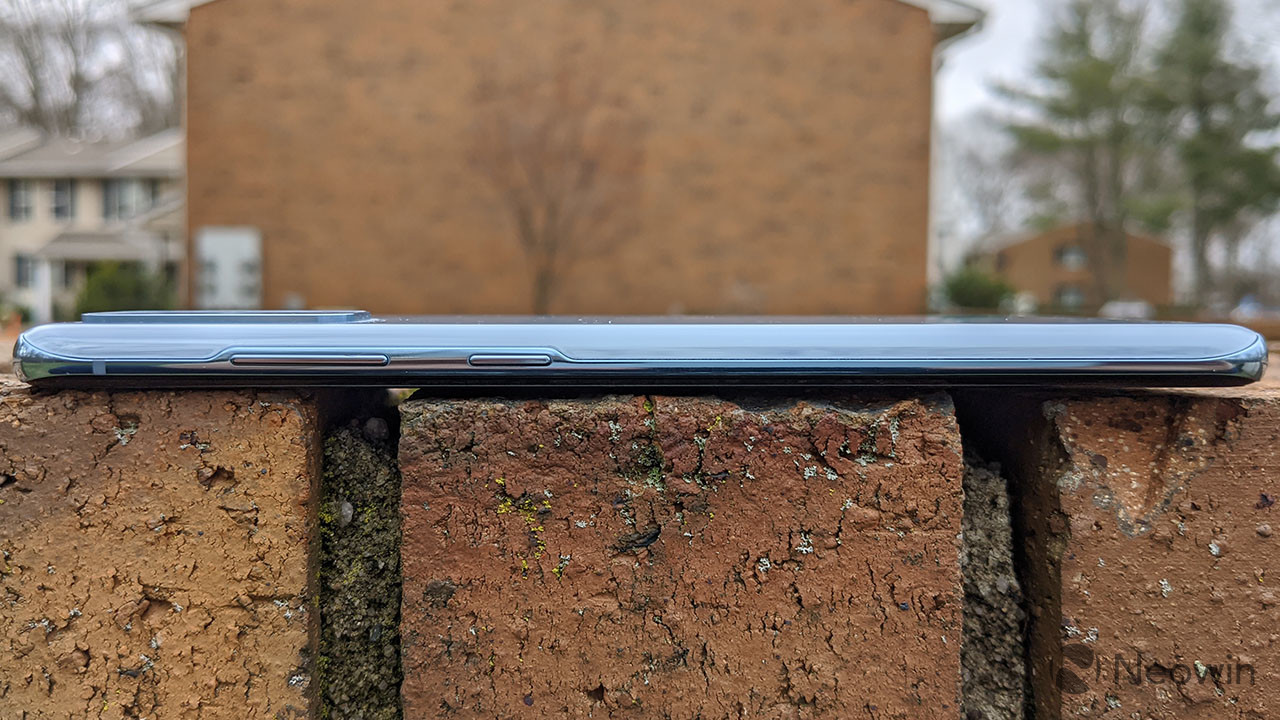
The power button and the volume rocker are on the right side, and there's nothing on the left. Yes, that means that the Bixby button has went the way of the headphone jack. Thankfully, it's gone. You can hold the power button to access your virtual assistant though.

Lastly, the nano-SIM/microSD slot is on top.
Display
The Samsung Galaxy S20 series has the best displays on the market, in this reviewer's opinion. I don't frequently use Samsung smartphones, and any time I boot one up, the visual appeal is obvious. But not only does Samsung's Galaxy S and Note phones have the best displays, but it's even better this year.

That's because the new screens are 120Hz. The higher refresh rate makes for smooth scrolling and animations, and like anything good about a screen, it makes it more pleasing on the eye. Unfortunately, this isn't on by default.
You also have to choose between a QHD resolution at 60Hz and FHD at 120Hz. In my entire time reviewing this device, I used it at FHD 120Hz, just because I know how much the higher refresh rate improves the experience. By default, it's actually set to FHD and 60Hz, presumably for optimal battery life. And yes, jacking up the resolution or the refresh rate most definitely will impact battery life.
The Dynamic AMOLED display is, as always, beautiful, even if you set it to 60Hz. Samsung's AMOLED phones have incredible vibrant colors, and the truest blacks.

It also has a pretty awesome always-on display. Samsung lets you install themes that show up on the AoD, so I got myself a nice Doctor Who theme. It's actually the same one I used on the S10+, but I'd never want to use anything else.

The company moved the hole-punch cutout for the front camera to the center, a move that I don't understand. In the age of notches and cut-outs, I really don't understand why corner cameras aren't more popular. It's there though, and it's a single-lens front camera, as opposed to the Galaxy S10+'s dual-lens front camera.
Another thing I want to say about the screen is about the bezels, which are tiny. Up until last year's S10+, I criticized the massive top and bottom bezels that Samsung used, and if you're upgrading from one of those, you're in for a treat. The display is also flatter, and if you've seen one of the many times I've criticized companies using curved edge screens - something that Samsung popularized - you'll know that I'm finding the S20+ much easier to use.
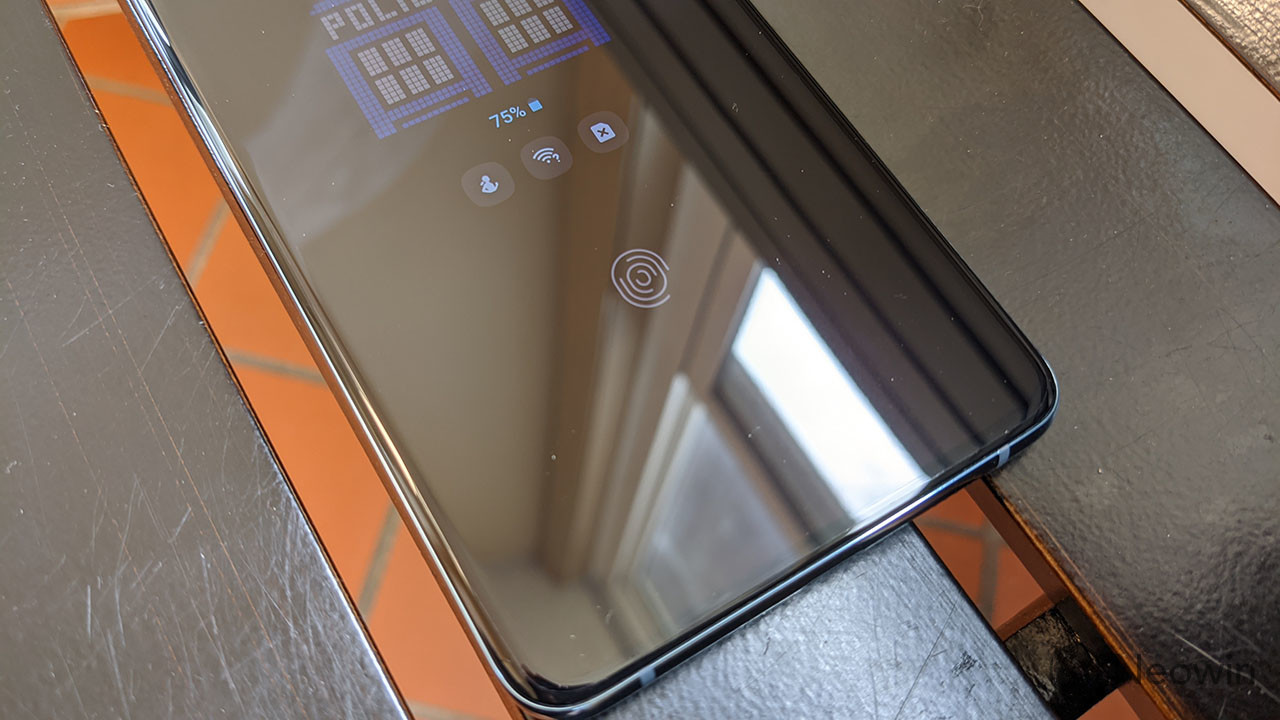
Samsung is once again using an in-display fingerprint sensor, and the performance hasn't really improved. The S20+ has Qualcomm's Ultrasonic sensor, and it's neither the fastest nor the most accurate that's on the market. OnePlus is doing amazing things with in-display sensors, so it's worth noting that this $1,199 phone is not on top here.
Camera
When Samsung announced the S20 series, it touted some serious camera chops, enough to make me consider buying a Galaxy S20 Ultra with its 100x Space Zoom. I'm really glad I didn't because I found the camera to be the most underwhelming part of the Galaxy S20+. The hardware is fine, but the image processing isn't for me.
There are three main sensors on the device: a 12MP wide-angle lens, a 64MP telephoto lens, and a 12MP ultra-wide lens. The zoom on the camera goes up to 30x, but frankly, you should never use it for that. That's not a criticism either. There's never been a smartphone made where you could max out the zoom and get a decent image. Samsung has a higher max though, so you do get pretty good zoom quality.
Lossless zoom is something that I care about in a smartphone camera, ever since the old days of carrying around a Nokia Lumia 1020. In recent years though, companies like Huawei and now Samsung have far exceeded the idea of having one high-resolution sensor that left room for cropping. Samsung is using a combination of the lenses on the device and AI.
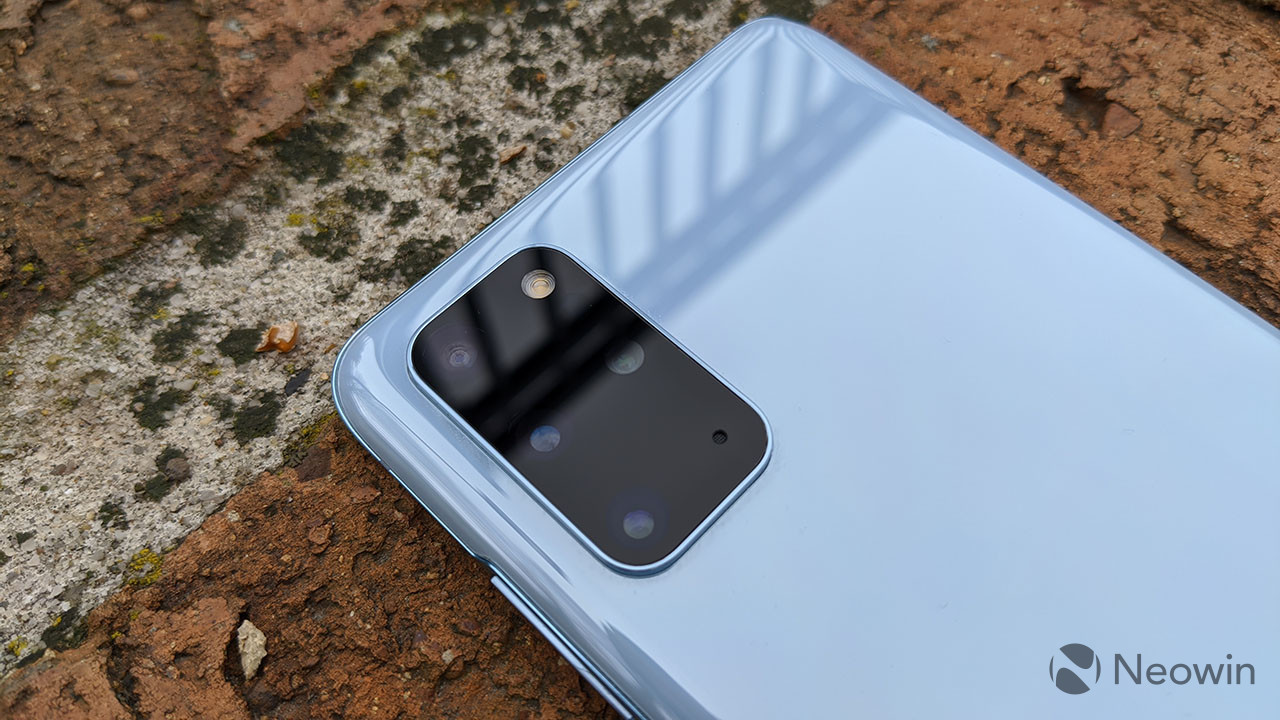
There are also new video recording capabilities, all courtesy of Qualcomm's Snapdragon 865. You can record 8K at 24fps, and you can record 960fps slow motion for longer. Also, I never recommend recording 8K. It's not because you don't have an 8K TV. Resolution does matter, and one thing you can't do is go back and take a better video of your kid's first steps.
The actual reason that I wouldn't use 8K is because I'd rather record 4K at 60fps. That additional frame rate provides a much smoother video, and I don't think you'd regret it. I praised companies last year for embracing 4K 60fps because you no longer had to choose between a high resolution and a high frame rate. Well, that choice is back, and I'm just telling you what I pick.
Let's look at some samples, and yes, I did use the 30x zoom a few times.
I don't like this camera. The colors are oversaturated, normal images are too sharp, and zoomed images are too soft. Low-light performance is good with night mode on, but the Vietnam Memorial looks weirdly green in a bunch of shots, like looking through a night vision camera.
You'll also notice that sometimes, you can apparently take the same picture twice and the second one looks totally different from the first. This can happen with some cameras by tapping to focus, because it meters it differently. That's not even the case here.
One thing I do like is the Single Take feature, which is great for taking pictures of people. What it does is it takes a short video and tells you to move around a bit. It then picks the best picture of you, and you can, of course, choose from other suggested shots. That's where the black and white pictures came from above, and the ones around them. They're all Single Take shots.
I would not use this camera day to day. When you look at the things that Apple is doing with the iPhone 11 Pro, Google is doing with the Pixel 4 series, and Huawei is doing with the P30 and Mate 30, Samsung is still so far behind. Samsung took a real shot here, but it missed.
Samsung Pay
Samsung Pay is an incredible product, and I'll always give it a shout-out in my Samsung reviews. Along with LG Pay, it's one of the only mobile payment solutions that works virtually anywhere, no NFC terminal required.

It's particularly nice because it's the only mobile payment solution that's made me comfortable with actually leaving my wallet at home. Where I live, not everyone has an NFC terminal, and all I have to do is end up at that one place without one to regret counting on Apple Pay or Google Pay. With Samsung Pay, it always works.
All you have to do is swipe up from the home screen to launch Samsung Pay, and then hold it against the magnetic strip terminal. You'll be asked to authenticate with your fingerprint or whatever you have set up, and it just works.
I feel like Samsung doesn't get enough credit for this, as it's a feature that's been available since 2015. I also don't think Samsung promotes it enough, as it's a real value proposition in this reviewer's opinion.
5G
The Samsung Galaxy S20+ is among the first phones to support both sub6 and mmWave 5G. And if you don't follow 5G very closely, then you have no idea what I'm talking about, so I'll have to back it up a bit.
5G is a combination of sub-6GHz (sub6) frequencies and high-frequency millimeter waves (mmWaves). Millimeter waves are fast and can provide gigabit speeds, but they can be blocked by a window, a piece of paper, or anything you can think of. It's also expensive to roll out. Sub6 is better for penetrating buildings; in fact, the lower the frequency, the better it is at getting through walls.
T-Mobile sent me my Galaxy S20+, and the Un-carrier is in a unique position. It just rolled out nationwide sub6 5G on its 600MHz frequency, meaning that it's the only carrier that has 5G where I actually live. It also has mmWave in select cities, and it's going to get mid-band sub6 5G support when it acquires Sprint.

I tested both, and it was my first experience with mmWave 5G. I wandered around Manhattan doing speed tests, and the best I could do was download speeds of 432Mbps. What was really interesting was running speed tests and then placing my hand between the phone and the base station, and watching the signal drop.
On sub6, T-Mobile says that you'll get speeds of about 20% faster than 4G LTE, but that's a low estimate. I've been through this before with my OnePlus 7T Pro 5G McLaren review, and I was quite impressed with it. Even in LAX, when I'd get 3.77Mbps on 4G LTE and 13.9Mbps on 5G, that's the difference between being able to stream a video and not being able to.
The real downside here is that it's the reason that the Galaxy S20+ costs so much money. Indeed, the high end of smartphone prices isn't being set by Apple anymore; it's being set by Samsung.
Link to Windows and DeX
A feature that debuted with the Samsung Galaxy Note10, Link to Windows is a shortcut to let you pair up with the Your Phone app on Windows 10. It's pretty much a shortcut that lets you skip the step of downloading the Your Phone Companion app.

It's great, when it works. You can use it to send and receive text messages, mirror your phone, and even interact with your phone while it's mirrored. It's pretty awesome.
I just couldn't get it to work most of the time. After several attempts, I got it working on one PC. But then when I moved to another PC, the same problems happened.
That's when I moved to DeX, in my stubborn attempt to stick with Samsung apps and services for the duration of this review. DeX is easy enough, since you just have to plug the phone into your PC, and you'll be prompted to download the app. It's a full-screen experience though, creating a PC environment that's running off of your phone except with Android apps. Naturally, the problem with Android apps is that they're not optimized for a PC. I was also surprised as to how slow the experience was since this is something that debuted with the Galaxy S8.
Nevertheless, I was able to send and receive SMS from my PC that way, using DeX on my second monitor. Eventually, I just broke down and installed Google Messages, and I used Google Messages on the Web. By the way, I've also heard feedback that other people haven't had the same issues with Your Phone, and that's awesome. If you do, I suggest tweeting to the Your Phone guys on Twitter, as they're super helpful.
I was also pleased to see the general integration of other Microsoft services on the Galaxy S20+. When I launched the Gallery app, I was greeted by a message that said it will use OneDrive instead of Samsung Cloud, so all of my photo backup needs are covered by my Office 365 subscription. It comes with the new Office app as well.
Performance and battery life
The Samsung Galaxy S20+ is powered by a Snapdragon 865 chipset and 8GB RAM, which is the latest from Qualcomm. Yes, it is a beast, as any new chipset tends to be, and this one is brand new. The S20 series is among the first to market with the new SoC.
This isn't going to change your day-to-day experience over a Snapdragon 855 though. I don't think anyone felt like last year's devices were lacking. The bigger performance increase comes when you're upgrading from older devices, and in that case, you'll definitely notice it.

Battery life is more interesting though. The 4,500mAh battery is a mixed bag depending on how you use it. I'll say this though, setting the display to 120Hz and having that fancy AoD theme did not cripple my battery life as so many people said it would. I never had a problem getting through the day with that.
The issue was more with mmWave 5G. From my testing with several devices so far, I've not seen any evidence that sub6 5G impacts battery life in any meaningful way. Keep in mind that pretty much any time I left my home Wi-Fi network, I was on 5G, and I didn't have battery problems.
On the day that I was testing mmWave, I absolutely did. It's something to be aware of, and most people believe that this will be resolved in next year's phones when the 5G modem is integrated into the chipset.
For benchmarks, I used Geekbench 4, Geekbench 5, and GFXBench. I didn't use AnTuTu because it's no longer in the Play Store. First up are the two Geekbench tests, which check the CPU.


As you can see, we have significant improvements from its predecessor. You can compare this to the A13 Bionic in the iPhone 11 Pro though, which got 1,338 on single-core and 3,567 on multi-core.
Finally, GFXBench tests the GPU.

Conclusion
At $1,199.99, the Samsung Galaxy S20+ is expensive, even if you get it on a payment plan. And for me, it's too expensive. If you ask me, the camera simply isn't good enough for it to be a daily driver. I'd never spend this much money on a phone if I have to have a second phone with me just to take pictures. I did note that the fingerprint sensor is mediocre, but that's not a real pain point like the camera is.
Other than that, the S20+ is a dream. The Cloud Blue color is sexy and unique, and the display is dazzling with its 120Hz refresh rate. Performance is the best that Android has to offer, and the battery life never left me hanging.
I also want to reiterate that this is the best in 5G, especially on T-Mobile, although I might be a bit biased on that just because T-Mobile is the only carrier that has 5G where I live (and probably where you live). But T-Mobile has both a nationwide sub6 network, and it has mmWave in some areas, and this is one of the very few devices that can do both. Even the new LG V60 ThinQ is sub6 only.
I'd say that this is a phone worth buying if you're in an area with both sub6 and mmWave 5G, since that's really what you're paying for. Also, if you're just looking for the latest from Samsung, don't worry about the camera, because if you're upgrading from an older Samsung phone, you're used to this kind of image processing.
But if you're a smartphone camera enthusiast that deeply cares about the quality of photos, I'd say skip this one.












































































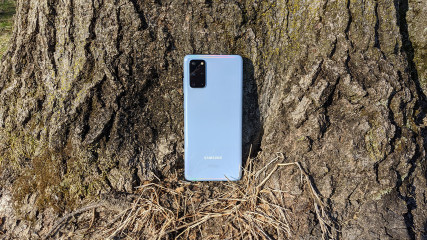
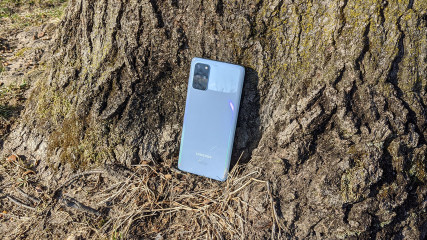
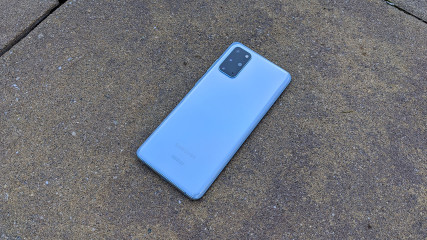
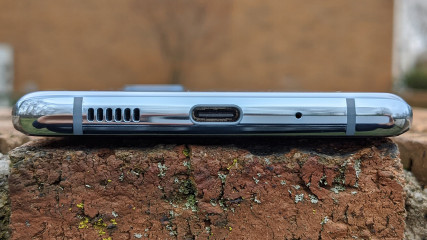
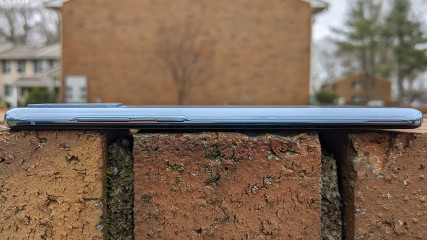
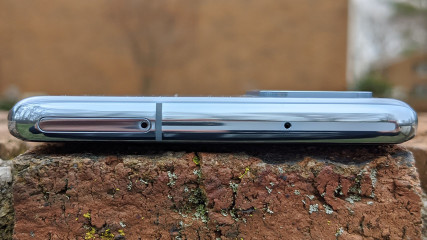
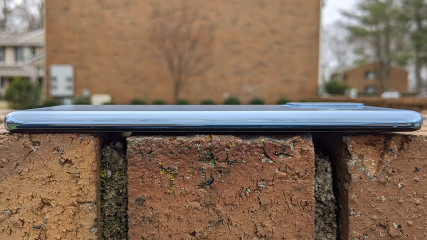
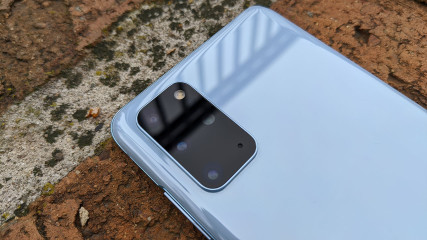
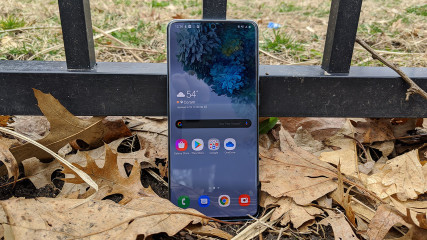
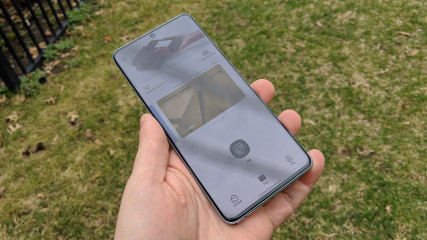
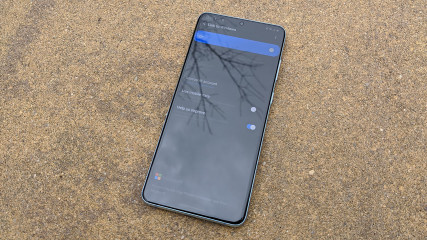
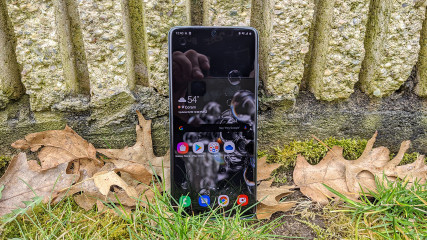
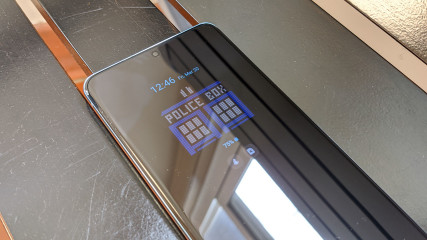
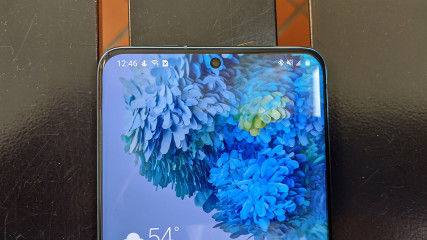
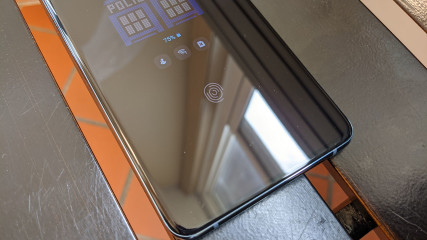









5 Comments - Add comment